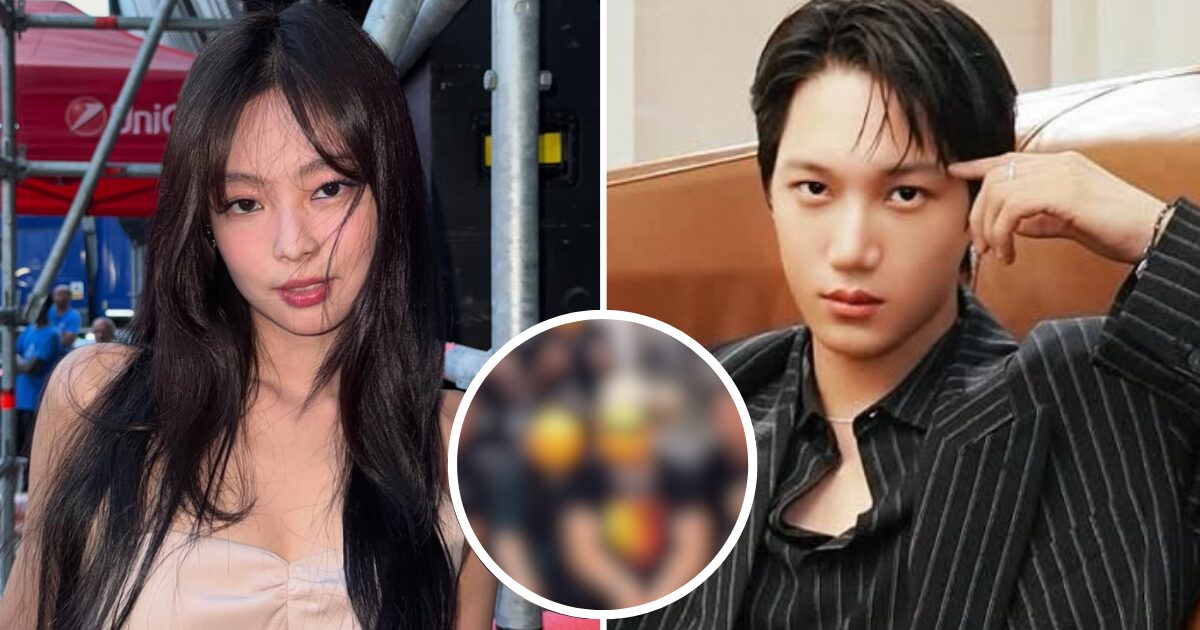K-Pop fans collect different kinds of goods of their favorite idol groups, ranging from music albums, lightsticks, concert merchandise, and more. But out of all these goods, photocards are definitely one of the most popular ones.
Photocards first emerged as collectables included in K-Pop albums, but as the popularity of K-Pop grew over the years, K-Pop photocard has grown into a major driver that boosts K-Pop album sales.
Meanwhile, K-Pop fandoms have also started creating various interesting cultures related to photocards that strengthen the bonding within K-Pop fandoms, and contribute to the growth of a vibrant photocard culture.
In recent years, many idol groups from neighboring Asian countries have also received influence from K-Pop idols to launch photocards, which shows the significant role of K-Pop photocard in solidifying K-Pop’s position as a trendsetter of idol culture in Asia.
Read on to discover how K-Pop photocard has evolved from mere collectables to an adhesive that brings K-Pop fans together to form a close community sharing their love for their idols, and more!
Origin Of K-Pop Photocards
The origin of K-Pop photocards can be traced back to 2007, when TVXQ! released individual members and group photocards that were included in the group’s Japanese album ‘Summer Dream’. However, unlike photocards nowadays that are mostly selfies, the photocards were taken by photographers.
The first idol group that released a Korean album was TVXQ’s label junior group Girls’ Generation. The group’s 2010 album ‘Oh!’ came with a set of individual members and group photocards, with some of the individual photocards being selfies taken by the members themselves.
‘Oh!’ received massive success that it sold over 240,000 copies in Korea and became the second best-selling album of 2010 in the country. Seeing the success of the album, other entertainment agencies also began inserting photocards in their idol groups’ albums.
Current Trends Of K-Pop Photocards
As photocards become increasingly popular, idol groups nowadays release numerous sets of photocards whenever they release a new album. Apart from inserting different individual and unit photocards of random members in each version of the album, K-Pop idols also launch photocard lucky draw events in collaboration with K-Pop stores and K-Pop cafes.
Fans who purchase albums through a certain store or cafe would receive a photocard of a random member that is exclusive to that store or cafe. K-Pop idols would do different poses and hold or wear cute items while taking selfies to attract fans to purchase the album.
As more K-Pop stores and cafes launch these exclusive photocard lucky draw events, photocards have now become an important driver in boosting K-Pop idols’ album sales in the increasingly competitive K-Pop market.
While photocards usually come with albums, photocard stores that only sell official photocards began to emerge. These photocard stores set up photocard vending machines in the stores and subway stations where young people usually gather at such as Hongdae and Myeongdong, which allow fans to draw a random photocard from a certain album for a few thousand won.
Apart from purchasing official photocards, some K-Pop stores and cafes set up photocard DIY machines that allow K-Pop fans to make their own photocard. Fans can connect their phone with the machine and select any pictures from their phone, and the machine will print out the photo on a plastic card and ta-da – your DIY photocard is ready to be added to your collection!
Development Of Diverse Photocard Culture
Many K-Pop fans nowadays collect photocards, and they have formed various interesting cultures that become a common language in the K-Pop fandom.
When a certain K-Pop group holds a photocard lucky draw event at a K-Pop store, fans would try to exchange their photocards outside the store with each other in the hope of getting their bias’ photocard. Some dedicated fans who bought many albums would exhibit all the photocards they have, and other fans would gather around the photocards to check if the photocard they want is available.
But what if they cannot get it on-site? Well, nothing can stop K-Pop fans from bringing their beloved idols’ photocards home. Instead, they would turn to social media. Fans would upload a photo showing the photocards they got, and state which photocard they want on Twitter, and wait for other fans to respond, just like how veteran K-Pop fan Park Sohyun explained on “Radio Star” (at 0:23).
In fact, many K-Pop fans became friends when exchanging photocards as they talk about their bias and share their experience of joining the fandom with each other!
Simply collecting photocards is too boring for K-Pop fans. So in order to make the photocards look even prettier, fans put the photocards inside toploaders (탑로더, transparent photocard holders) and decorate them with beautiful accessories such as stickers, ribbons, and plastic beans, and this activity is called “taprodeo gumigi” (탑로더 꾸미기, decorating toploaders), or “tap-gu”(탑꾸) in short.
Many fans showed their amazing artistry by sharing their beautiful toploaders on social media, and some of them even post tutorial videos showing how they decorated their toploaders.
For fans who are too lazy to decorate their own toploaders, they can easily purchase pre-made photocard holders from various online stores and offline photocard holder stores or stationery shops. These stores offer a wide selection of lovely photocard holders for fans to showcase their precious photocards.
Some photocard holders even feature animal-style frames, so fans can choose the photocard holder with the respective animal image of their idols.
After decorating the photocards with beautiful photocard holders, of course it is time to show them off! When K-Pop fans gather and have a meal together, they would take out their beloved photocards for a sacred ritual named “yejeolshat” (예절샷, etiquette shot), which means taking pictures of the photocards alongside food.
This action gives a warm feeling to fans as if they are bringing their idols to enjoy a nice meal together, and at the same time allows fans to record their nice memories together, drawing K-Pop fans closer to each other.
Influence Of K-Pop Photocard Culture Beyond Korea
K-Pop photocard culture not only became a core element of K-Pop culture, but it is also influencing the idol culture of neighboring Asian countries in recent years. Many idol groups in Asia begin to insert photocards in their albums and goods.
For example, Filipino girl group BINI included an exclusive photocard sets with individual photocards of each member and a group photocard in their official light stick in October last year. Thailand girl group PiXXie’s recent album ‘MOON’ included 1 selfie photocard and 1 photocard of a random member respectively (at 10:13). Taiwanese boy group FEniX even included 3 random individual photocards in each of their 2024 album ‘Hertz’.
Apart from recent idol groups, veteran idol groups are even following this trend. 1st-gen Taiwanese boy group Energy released a photocard set in collaboration with KKBOX, one of the major music streaming platforms in Taiwan, in November last year. Fans who purchased KKBOX’s “super fan” music streaming plan would receive a photocard set that consists of individual members and group photocards.
As more Asian idol groups release photocards, photocard culture will continue to grow and shape the idol culture in Korea and other Asian countries.
Do you collect K-Pop idol photocards, and do you have any fun stories about your photocard collection or making friends with other K-Pop fans while exchanging photocards? Share with us in the comments below!
 22 hours ago
8
22 hours ago
8
















 English (US) ·
English (US) ·